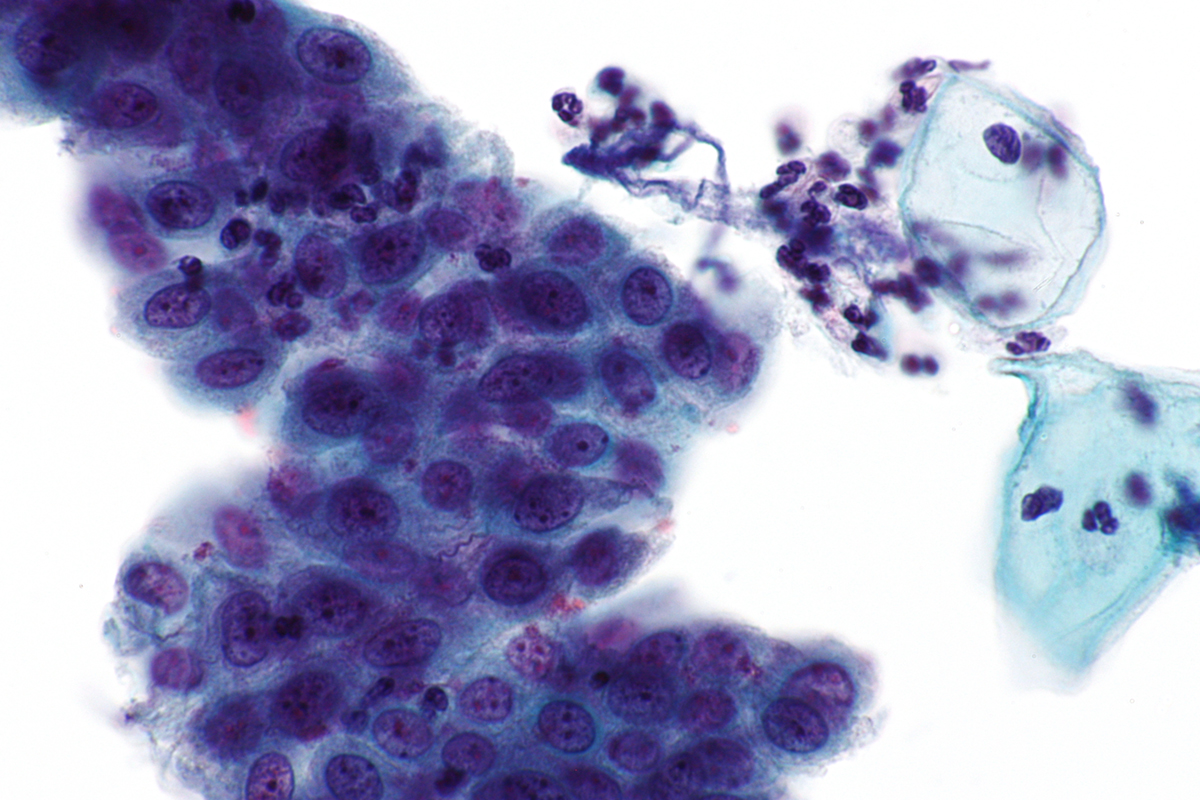
Neutrophil granulocytes, also known as neutrophils, are a class of the white blood cells with a multilobed nucleus. They originate from the bone marrow. Actually they fully develop in the bone marrow and are then released into the blood stream. These blood cells measure approximately 12-15 µm in diameter. Their nucleus is divided into 3 to 5 lobes which are connected by chromatin threads and there are fine granules in their cytoplasm.
Neutrophils go through 6 developmental stages. These include myeloblast, promyelocyte, myelocyte, metamyelocyte, band and finally, mature neutrophil. In first four stages neutrophils are practically nonfunctional while the last two stages act promptly to any kind of inflammation. Once they reach their maturity, unless they are activated, neutrophils do not live long. They may circulate in the blood stream for up to 10 hours, which is a maximum of their life-span.
Neurophil granulocytes are major components of human immune system. They circulate in the blood stream prepared to take action if necessary. The very name - neutrophils originate from their staining characteristics with hematoxylin and eosin stain. The color of neutrophils in histological and cytological preparations is neutral pink which differentiates them from basophils and eosinophils whose color is dark blue and bright red. These staining modifications are rather important in determining types of granulocytes.
Absolute Neutrophil Count
Neutrophil granulocytes are actually the most abundant class of white blood cells in human body. They account for approximately 70% of all white blood cells. Absolute neutrophil count is a measure of all neutrophils found in blood sample. This number is obtained from a total number of white blood cells and the very percentage of the band and segmented neutrophil granulocytes. The number of neutrophils in absolute neutrophil count is calculated per microliter or cubic milimeter.
Absolute neutrophil count is essential measurement important to determinate whether there is an infection in the body or not. Namely, in infections neutrophils are elevated. This features with the number of neutrophils higher than 1.500 cells/ µL. On the other hand, a condition in which neutrophils are low (less than 500 cells/ µL) is medically known as neutropenia and can be acquired or it can represent a genetic disorder. People suffering from neutropenia have compromised immune system and are prone to infections and other illnesses.
Role of Neutrophil Granulocytes in Inflammation
The role of these blood cells is to protect human body against infections. They respond to any kind of inflammatory processes. Neutrophils are capable of ingesting microorganisms and any type of particulate matter. So once a pathogen enters the body neutrophils are the first cells a pathogen comes across.
Injured cells send signals and neutrophils start to migrate towards the site of inflammation. This progress is called chemotaxis. Once they reach the site of inflammation they release a net of fibers known as neutrophil extracellular trap. The role of this net is to trap and kill pathogen. What follows is ingestion of the pathogen. Apart from direct elimination of the pathogen neutrophils additionally release superoxide that is converted into hyopochlorous acid. The acid also participates in killing of the pathogen. Once the pathogen is destroyed neutrophil cells die.
















Your thoughts on this
Loading...